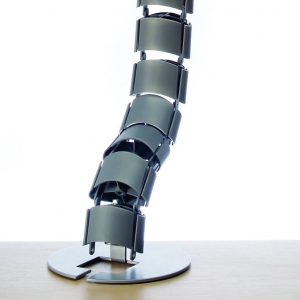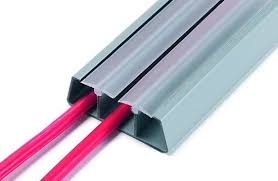Office dilapidations, tips to avoid costs!
Rebecca Davidson from Burnetts Solicitors shares her top 5 tips for avoiding costly dilapidation’s claims in commercial leases. MD Business Interiors are office fit out and refurbishment contractors based in Exeter, Devon. We often assist with these issues on site. Good advice at the start often avoids bigger more costly problems down the line.
In a commercial lease, “dilapidations” are damages or defects to a property which a tenant is legally obliged to put right under the terms of their lease.











